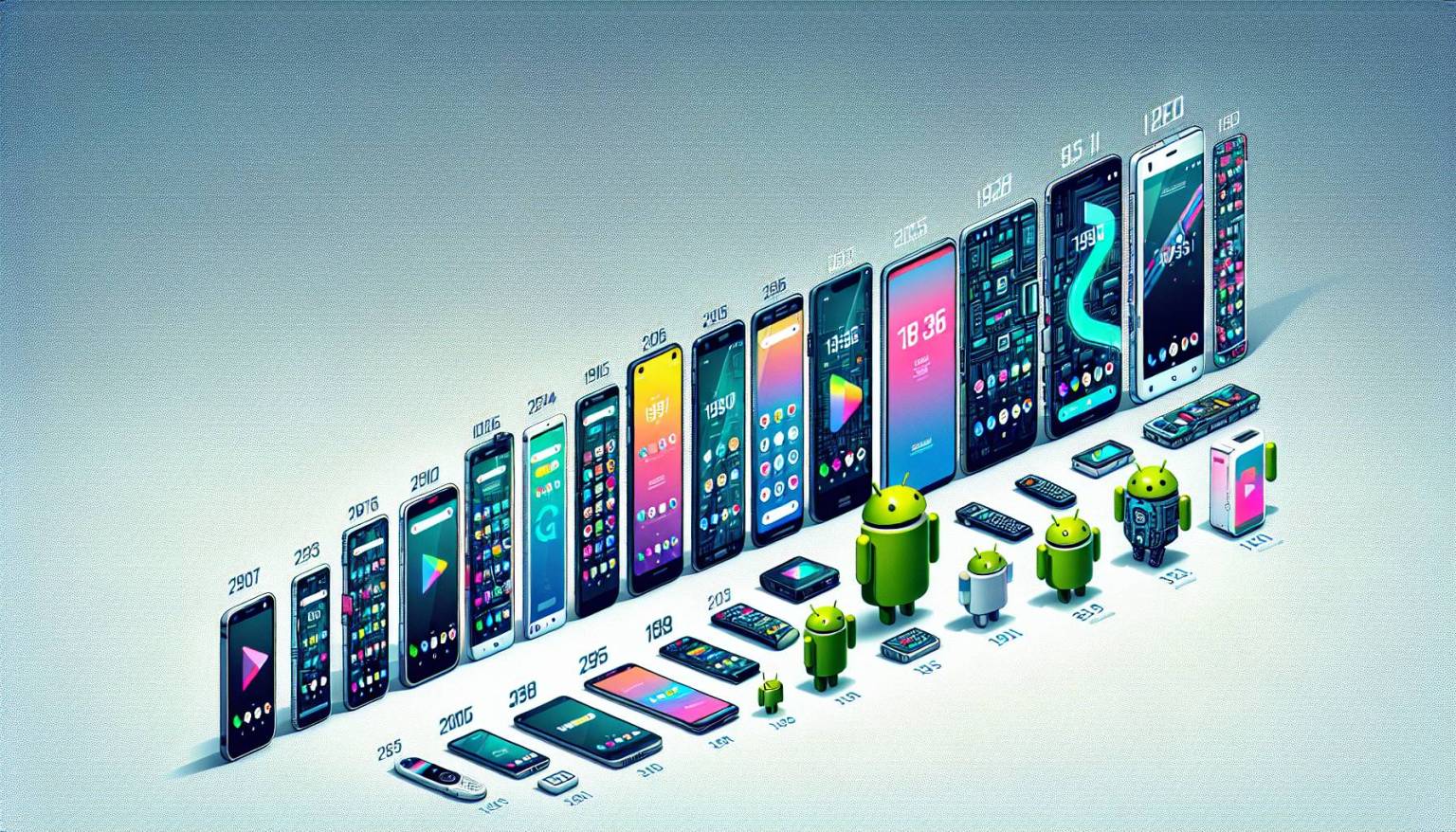The Android gadget landscape has drastically changed over time, symbolizing advancements in capacity and performance. Current Android devices offer a unique blend of functionality and versatility, focusing on user-friendly interfaces and high-performance features. With consistent innovation from manufacturers, Android technology continues to evolve and transform, further bolstered by the integration of AI and Machine Learning.
A noteworthy example in Android design history is the Motorola RAZR (2019), an ingenious reinvention of the iconic Motorola RAZR V3. This device brings together the nostalgic charm of its pre-Android predecessor with modern features in a sleek and slim 4G package. The Motorola RAZR (2019) sports an OLED screen, Qualcomm Snapdragon 710 processor, and a foldable design, perfectly merging past and contemporary technology.
In 2015, LG introduced the world to the distinctive, curved design of the LG G Flex 2, showing its commitment to developing unique designs. Despite initial failures with its early Flex design, LG persevered and eventually, the G Flex 2 set a new trend in the industry for distinctively-designed, high-performance smartphones.
Introduced in 2022, the Nothing Phone stands out in the Android market with its peculiar design featuring a see-through back and charming light display. Though currently lacking on performance metrics, the device’s unique design and the manufacturer’s dedication to future improvements make it a contender in the Android market.
Released in 2016, the Lenovo Yoga Book combined practicality with artistic aesthetics, particularly appealing to artists and doodlers. Featuring a pen that could write on both real paper and digitize the works, the Yoga Book blurred the lines between traditional and digital creativity. Despite minor setbacks, it continues to inspire newer generations of convertible tablets with its innovative design and multifunctionality.
Android devices not only signify the evolution of design but also showcase the bold vision and innovation in the mobile device sector. Smart home technology integration further displays Android’s versatility, and these continuous innovations contribute to shaping the entire tech industry. Hence, in every aspect, Android devices remain at the forefront of digital evolution, revolutionizing the interaction of people with technology.

